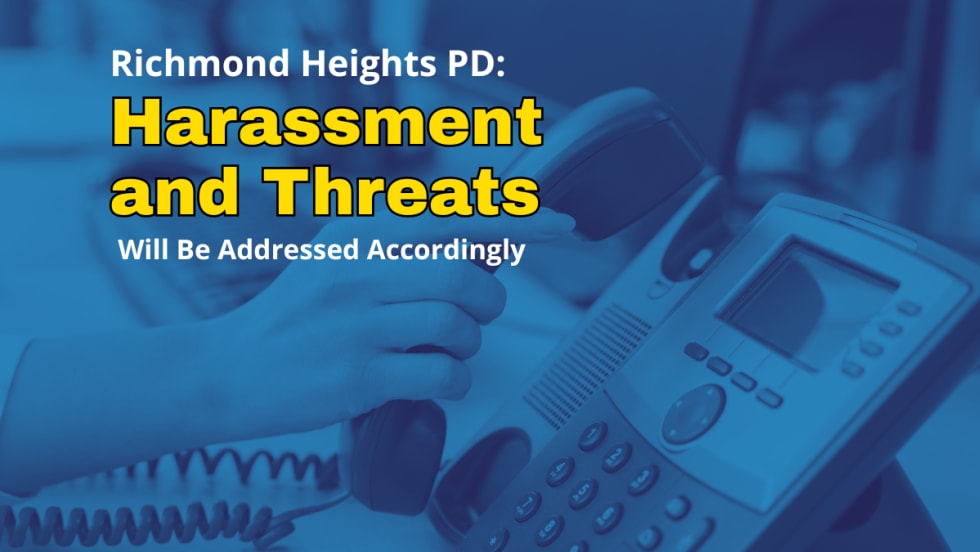When the fight was over, an angry Brinkley went to see the dispatcher and asked why all the repeat messages. His response was to play the recording. Brinkley was shocked to discover that his clear and calm communications were anything but clear and calm. “I was talking a mile a minute and could not be understood,” he says. It was then he realized that officers who have been injured in the field need a tool that automatically alerts dispatch to their situation.
Today, Brinkley is co-founder and senior vice president of Select Engineering Services, makers of the AID system. The AID system consists of a Bluetooth transmitter and a thin panel of film material coated with conductive ink. It is covertly worn in front of the armor panels (front and back) in the officer’s ballistic vest carrier, and when the AID panel is pierced by a bullet, a blade, or anything else, it automatically sends alerts to backup officers, dispatch, and anyone else the officer wants to respond if he or she is injured.
The Bluetooth transmitter on the AID system uses the officer’s smartphone or Bluetooth-enabled radio to send the alert, which includes the officer’s name, blood type, other pre-programmable information such as allergies, and a Google Maps link that shows the exact location and provides driving directions, if needed. “It (the AID system) is designed to help the officer who is incapacitated and can’t call for help. The secret sauce is that it takes the manual communication out of the loop and no one has to repeat any information,” Brinkley says.
Brinkley says one of the goals in the development of the AID system was to make it as simple to use as possible. There is no on/off switch on the transmitter. After initial setup, the Bluetooth device on the AID panel goes into standby mode any time it is within range of the officer’s phone running the AID app. All the officer has to do is have the app running in the background on their phone. When penetrated the AID panel automatically becomes active, transmitting the alert and tracking information.
Battery life is also not an issue with the AID. Once charged through the micro USB port, the system has a runtime of one year. If the charge starts to weaken, the transmitter sends an alert to the officer that it is time to recharge. To make sure the officer does not ignore the alert, notification can also be sent to a supervisor or other select individuals.













